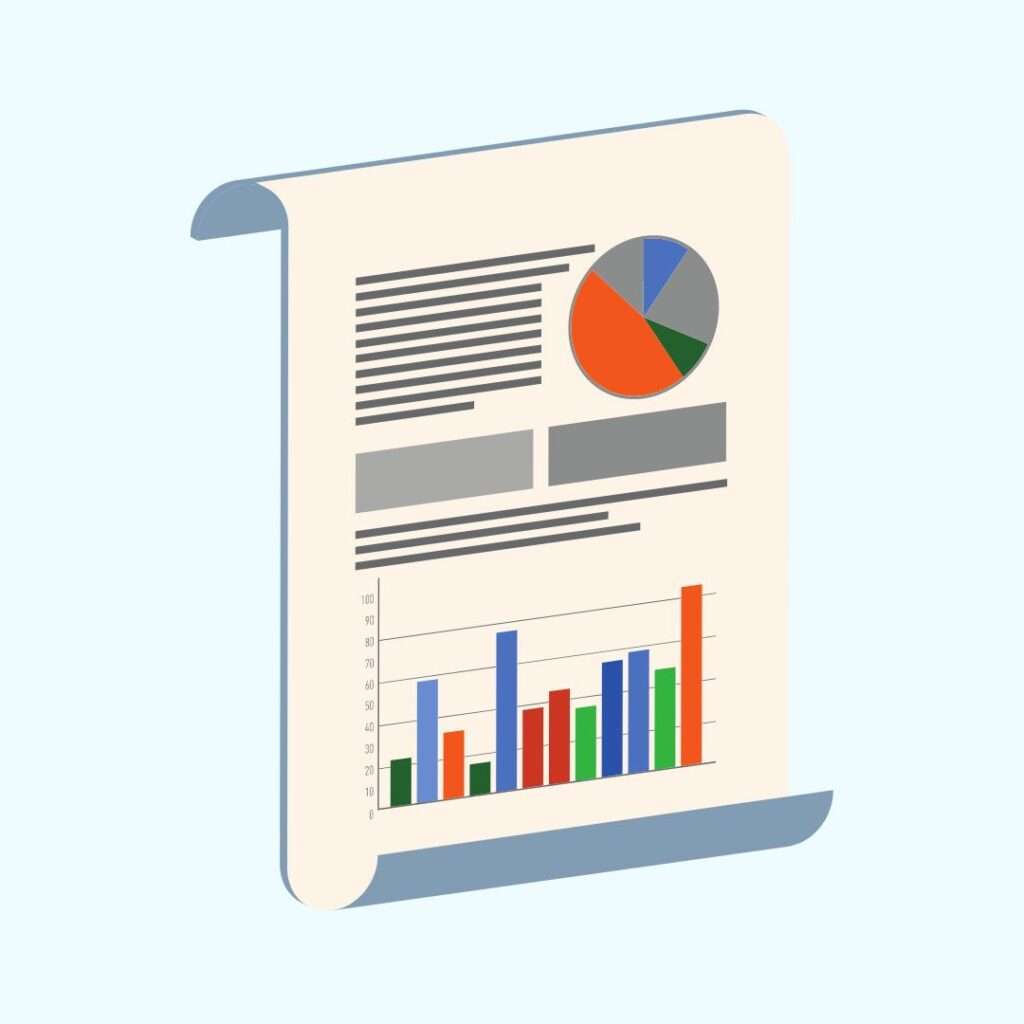Introduction
The risks of predatory journals must never be underestimated. Predatory journals prioritize profit over quality by charging publication fees to authors without providing the expected editorial services. This allows them to widely disseminate research papers without adequately vetting the quality of the work.
Predatory journals actively solicit manuscripts from researchers and promise rapid publication for a fee while often skimping on or altogether avoiding peer review and editorial quality control. This flood of unchecked and potentially unreliable research severely threatens the integrity of the scholarly record.
Predatory journals typically display some key characteristics:
- Aggressively soliciting article submissions through mass emails to academics
- Vast scopes that lack focus
- Minimal or no peer review
- Rapid publication promised
- Article processing charges required to publish
By exploiting the “publish or perish” pressure on academics and taking advantage of new open access models, predatory journals can operate on the fringes of scholarly publishing.
The lack of rigorous peer review and editorial oversight at predatory journals has allowed questionable research to enter the scholarly record. For example:
- A fake paper generated by writing software was published in over 100 predatory journals, highlighting vulnerabilities in the vetting process.
- A study found thousands of papers in predatory journals making unsupported claims about cancer treatments, spreading misinformation.
- Research on predatory journal publications shows they are more likely to contain errors, plagiarism, and unethical practices than legitimate journals.
This proliferation of potentially unreliable or misleading research enabled by predatory journals pollutes the scientific literature and risks undermining evidence-based medicine and policies.
Risks Associated with Predatory Journals
Predatory journals pose a significant risk to scientific integrity due to their lack of rigorous peer review and editorial oversight. These journals are primarily concerned with making a profit rather than upholding standards of quality or accuracy. As a result, they readily publish papers containing false, fabricated, or misleading data and claims without properly vetting them.
This enables disseminating junk science and misinformation, which can negatively impact future research and public discourse. For example, Andrew Wakefield’s infamous and now-retracted study linking vaccines to autism was published in a predatory journal and cited extensively, fueling the growth of the anti-vaxxer movement despite the study’s flaws.
Researchers who unknowingly cite articles from predatory journals can inadvertently distort academic discourse and influence future studies in problematic ways. Since predatory journals often lack rigorous peer review, their published articles may contain significant errors, exaggerations, or even outright fabrications.
However, researchers reading these articles may wrongly assume they have been verified for accuracy through legitimate peer review. This can propagate misconceptions and flawed experimental designs throughout entire fields of research. For example, fake medicine studies published in predatory journals have been used to justify unproven alternative treatments. Relying on such misleading sources hinders scientific progress and wastes resources testing claims that lack a sound basis.
Assessing the Risks of Predatory Journals
The risks of predatory journals are multifaceted, affecting individual researchers, the academic community, and the broader society differently.
For researchers, predatory journals can waste time and financial resources. The promise of a quick publication may lure academics, but the research is not subjected to thorough peer review if the journal is predatory. The consequence can be a publication that lacks academic rigor, thereby tainting the researcher’s reputation. Moreover, if the researcher later seeks to publish the same work in a reputable journal, they may face self-plagiarism or duplicate publication challenges.
At the academic community level, predatory journals can dilute the quality of scientific literature. If predatory publications are cited as legitimate sources, they can corrupt the knowledge base, as subsequent research built on these unreliable foundations may be flawed. Furthermore, poorly conducted or reported studies can confuse or mislead readers, including other researchers, who may unknowingly base their work on these studies, potentially leading to a cascading effect of misinformation.
For society, the risks of predatory journals extend to public understanding and policy. Studies with significant errors or unethical reporting that sneak through the nonexistent or lax review processes can misinform decision-makers and the public, especially in critical fields such as medicine, environmental science, and engineering. Misinformation from such sources can spread quickly, influencing public opinion and leading to mistrust in scientific institutions.
In healthcare, the risks are particularly acute. Suppose healthcare professionals base their practices on evidence from studies published in predatory journals. In that case, patient care can be compromised, and public health initiatives can be misled, wasting resources and potentially causing harm. Moreover, predatory publications can fuel skepticism about legitimate scientific consensus, as was evident in the case of the anti-vaccination movement propelled by a fraudulent study on vaccines.
Assessing the risks of predatory journals involves understanding their operational models, recognizing their common characteristics, and appreciating the broader implications of their proliferation. Evaluating the legitimacy of a journal before submission, promoting awareness of predatory practices, and supporting the establishment of clear, accessible, and respected outlets for open-access publishing are ways to mitigate these risks. Additionally, it’s essential to foster a research culture that values the quality and integrity of work over mere quantity and to provide support for researchers to help them distinguish predatory journals from legitimate ones.
Identifying Predatory Journals
Predatory journals have become a growing concern for researchers looking to disseminate their work. However, identifying whether a journal is predatory can be challenging. This section provides key indicators and tips for evaluating journal credibility.
Some red flags that may identify a journal as predatory include:
- Charging large article processing fees with no clear publishing services offered
- Making false claims about impact factors, indexing services, or editorial board members
- Using bogus metrics like “global impact factor” that mimic legitimate metrics
- Spamming researchers with invitations to submit papers or join editorial boards
These practices maximize the revenue generated from authors, with little concern for scientific quality.
Importance of Journal Policies
Legitimate journals have clear journal policies and best practices regarding:
- Retractions – for papers that seriously undermine the scientific record
- Corrections/errata – for fixing errors that don’t completely invalidate the research
- Plagiarism – strict prohibitions on copying other’s work without attribution
These policies help ensure the integrity of published research. Predatory journals often lack such policies or fail to enforce them.
Tips for Evaluating Journals
When considering a journal, researchers should:
- Vet the publisher and editorial board for respected experts in the field
- Check if the journal is indexed in databases like Web of Science or Scopus
- Look for evidence of proper peer review and editing services
- Seek feedback from colleagues who have published with the journal
Taking these basic steps can help identify trusted journals.
Impact of Predatory Journals on Academic Publishing
The rise of predatory journals is negatively impacting the reputation of academic publishing and scholarly communication. These journals often make false claims about peer review processes and acceptance rates to attract article submissions and collect publication fees. This undermines public trust in the quality and rigor of scientific literature.
Predatory journals also exploit the “publish or perish” culture in academia. They target authors desperate to publish for career advancement and are not overly concerned with the quality or accuracy of the research. This flood of substandard articles makes it difficult for readers to distinguish reliable studies from weaker ones.
Several efforts are underway to combat predatory publishing practices. These include:
- Whitelists and blacklists that identify trusted and questionable journals
- Clearer journal evaluation criteria that go beyond just impact factors
- Policies by academic institutions and funders requiring publication in reputable journals
- Resources to educate researchers on how to assess journal legitimacy
By supporting these initiatives, the scientific community can preserve the integrity of academic publishing and ensure the literature accurately reflects the latest quality research in each field.
Navigating the Scientific Landscape Responsibly
As researchers, we are all responsible for upholding ethical standards. This includes being mindful of where we choose to publish findings. Predatory journals threaten scientific integrity through deceptive practices, but there are ways scholars can avoid falling victim.
Best Practices to Avoid Predatory Journals
When considering where to submit an article, the first step is performing due diligence on any unfamiliar publications. Ensure the journal website provides full contact information, transparent policies and fees, and a clearly outlined peer review process. Legitimate journals will also have an editorial board of recognized experts. Be wary of broad-scope journals claiming to cover too many disparate topics or solicitations that seem overly complimentary without assessing the actual quality of your work.
The Role of Academic Institutions and Scholarly Organizations
Schools and professional groups have a key part to play in combating predatory practices. Many academic institutions provide faculty guidelines on ethical publishing or maintain “white lists” of known credible journals. Major scholarly societies also take a stand by denying membership to publishers that fail to uphold scientific standards. Increased awareness and accountability measures can help curb the influence of misleading journals.
Empowering the Scientific Community
Ultimately, the responsibility to protect scientific integrity lies with all of us. Researchers should assist colleagues in identifying questionable outlets and provide mentorship to early career scientists. We should also leverage sites like Think. Check. Submit. to share experiences with specific publications. Working collectively, scientists can promote transparency around publishing practices and uphold principles of ethical research communication.
Conclusion
We have delved into the risks of predatory journals. In conclusion, predatory journals represent a significant challenge to maintaining scientific rigor and integrity in academic publishing. By exploiting academic pressures to publish, these journals compromise the scholarly record by disseminating unchecked and often erroneous information. This misleads research and policy efforts and damages public trust in scientific outcomes.

The combat against predatory practices requires a multifaceted approach. Researchers must demonstrate vigilance in assessing potential publication venues. Meanwhile, institutions must provide clear guidance and resources to aid in identifying reputable journals, and scholarly communities should actively work to educate and provide mentorship regarding ethical publication practices.
To safeguard the validity and reliability of the scientific literature, the academic community must foster a culture of accountability and quality. By collectively upholding ethical standards and supporting reforms that promote transparency and accessibility in open-access publishing, academia can mitigate the threats posed by predatory journals and protect the integrity of its contributions to knowledge and society.
